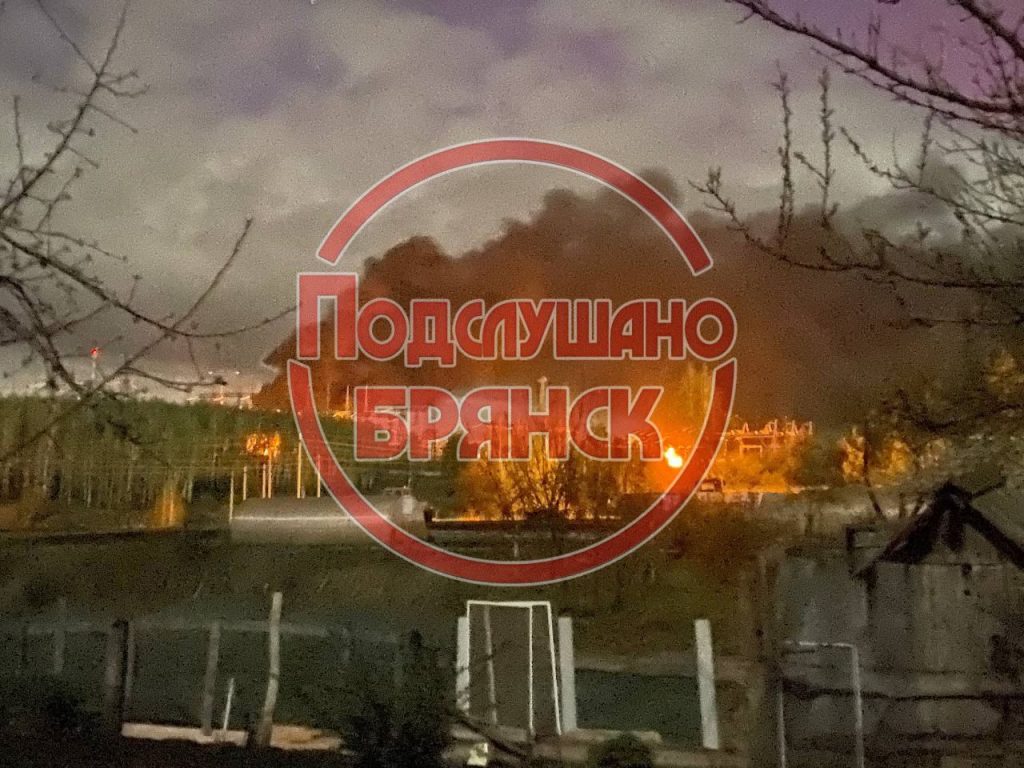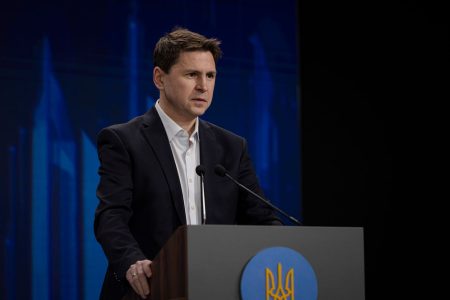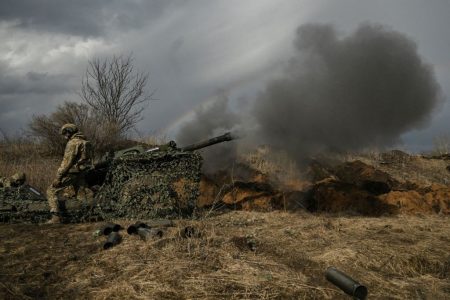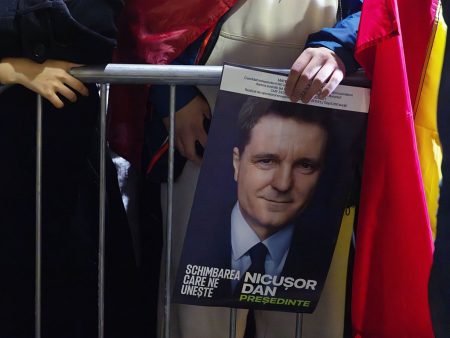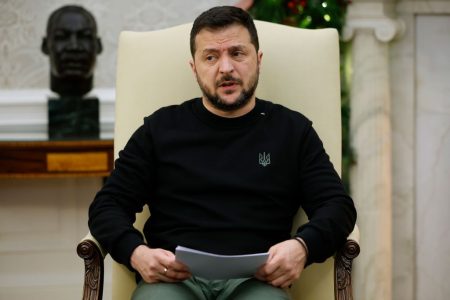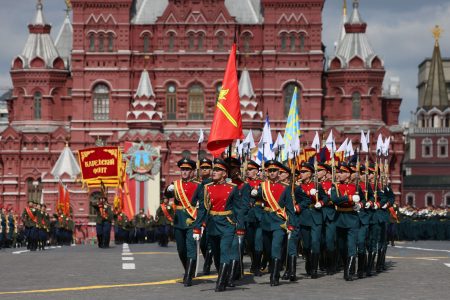Russian air defenses in the Bryansk and Kaluga Oblasts intercepted several drones overnight on April 20, causing fires at two separate energy substations. Bryansk Oblast Governor Alexander Bogomaz reported that debris from one of the drones intercepted in the Vygonichsky District fell on an energy facility, resulting in a mass fire. At least six drones were also intercepted in the Suzemsky and Vygonichsky districts. Photos later showed a mass fire at the Bryansk substation. Kaluga Oblast Governor Vladislav Shapsha also reported a drone explosion near a substation in Maloyaroslavets caused “slight damages” to the energy infrastructure. No casualties were reported, and Ukraine has not publicly commented on the attack.
The Kyiv Independent was unable to verify the claims made by Russian authorities regarding the drone attacks in Bryansk and Kaluga Oblasts. Ukraine typically does not comment on alleged attacks on Russian soil. These drone incidents come amidst ongoing tensions between Russia and Ukraine, with recent reports of a downed Russian Tu-22M3 bomber and deadly strikes in the Dnipropetrovsk Oblast. The attacks in Dnipropetrovsk resulted in the deaths of seven individuals, including children, and left over 30 others injured. At a NATO-Ukraine Council meeting, Secretary General Jens Stoltenberg announced that allies have pledged to provide more air defense systems to Ukraine. The Netherlands has also allocated funds to support the country in its conflict with Russia.
The use of drones in these attacks highlights a new dimension of warfare in the ongoing conflict between Russia and Ukraine. Drones have become increasingly popular tools for both military and non-state actors due to their versatility and cost-effectiveness. The interception of drones by Russian air defenses shows the active efforts being made to protect critical infrastructure and prevent potential attacks. The fires caused by the falling drones at the energy substations underscore the potential for significant damage and disruption that can be caused by these unmanned aerial vehicles.
The lack of casualties in these drone incidents is a fortunate outcome, but it also raises concerns about future attacks and the potential for greater harm. The use of drones in conflict zones has raised questions about international norms regarding the use of unmanned aerial vehicles and the need for regulations to address their increasing prevalence. The response to these drone attacks by both Russia and Ukraine, or lack thereof in the case of Ukraine’s silence on the matter, highlights the complex dynamics at play in the conflict and the challenges of managing security threats in a volatile region. The downing of a Russian bomber by Ukrainian forces further escalates tensions and underscores the high stakes involved in the ongoing conflict.
As the situation continues to evolve, it is clear that both Russia and Ukraine are employing a range of tactics and technologies in their efforts to gain a strategic advantage. The use of drones by Russia in these recent attacks, combined with Ukraine’s success in downing a Russian bomber, demonstrates the shifting nature of warfare in the modern era and the need for advanced defense systems to counter emerging threats. The international response to these developments, including NATO’s pledge of support to Ukraine, underscores the broader implications of the conflict and the need for diplomatic efforts to de-escalate tensions and prevent further violence in the region.









